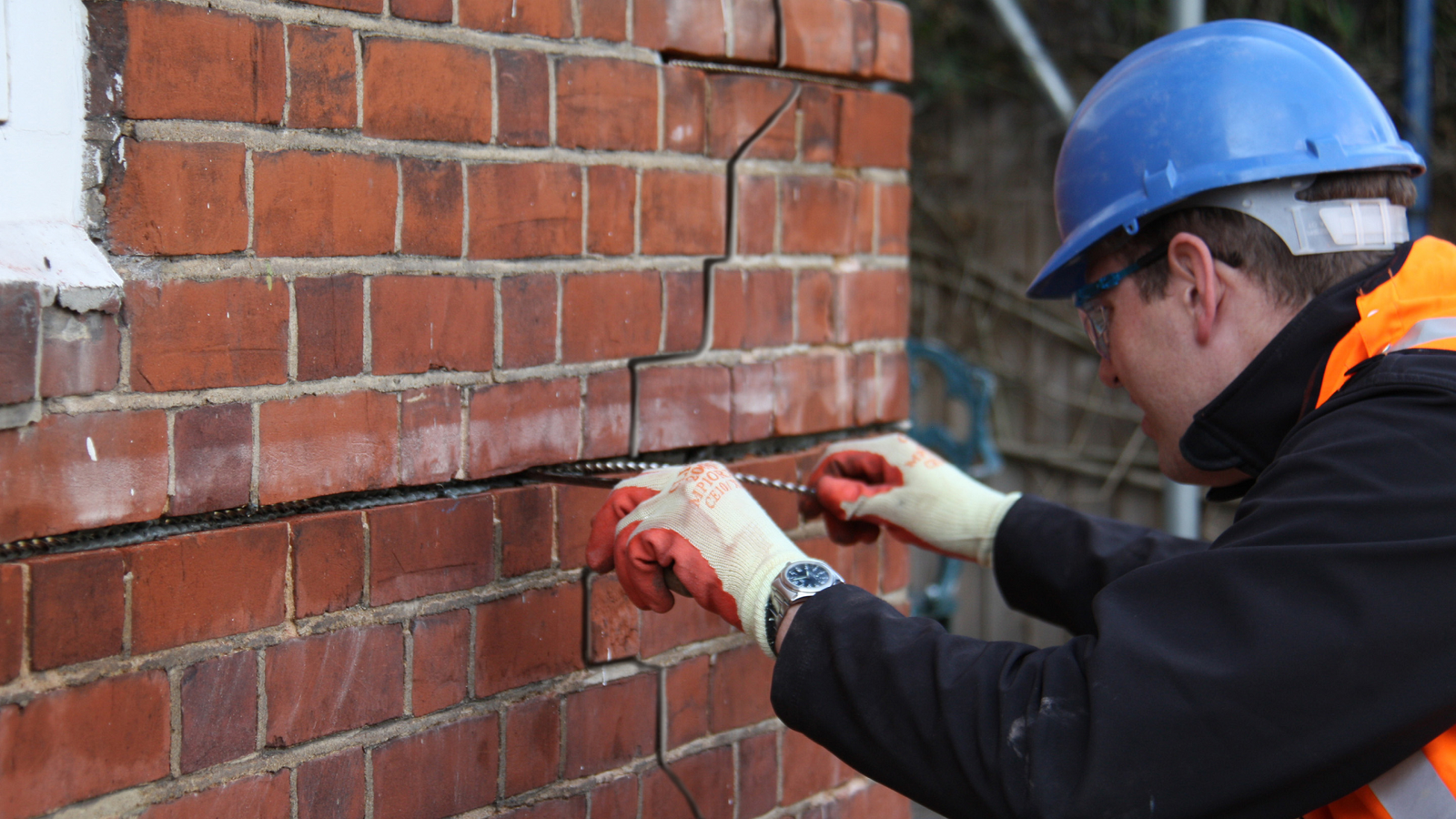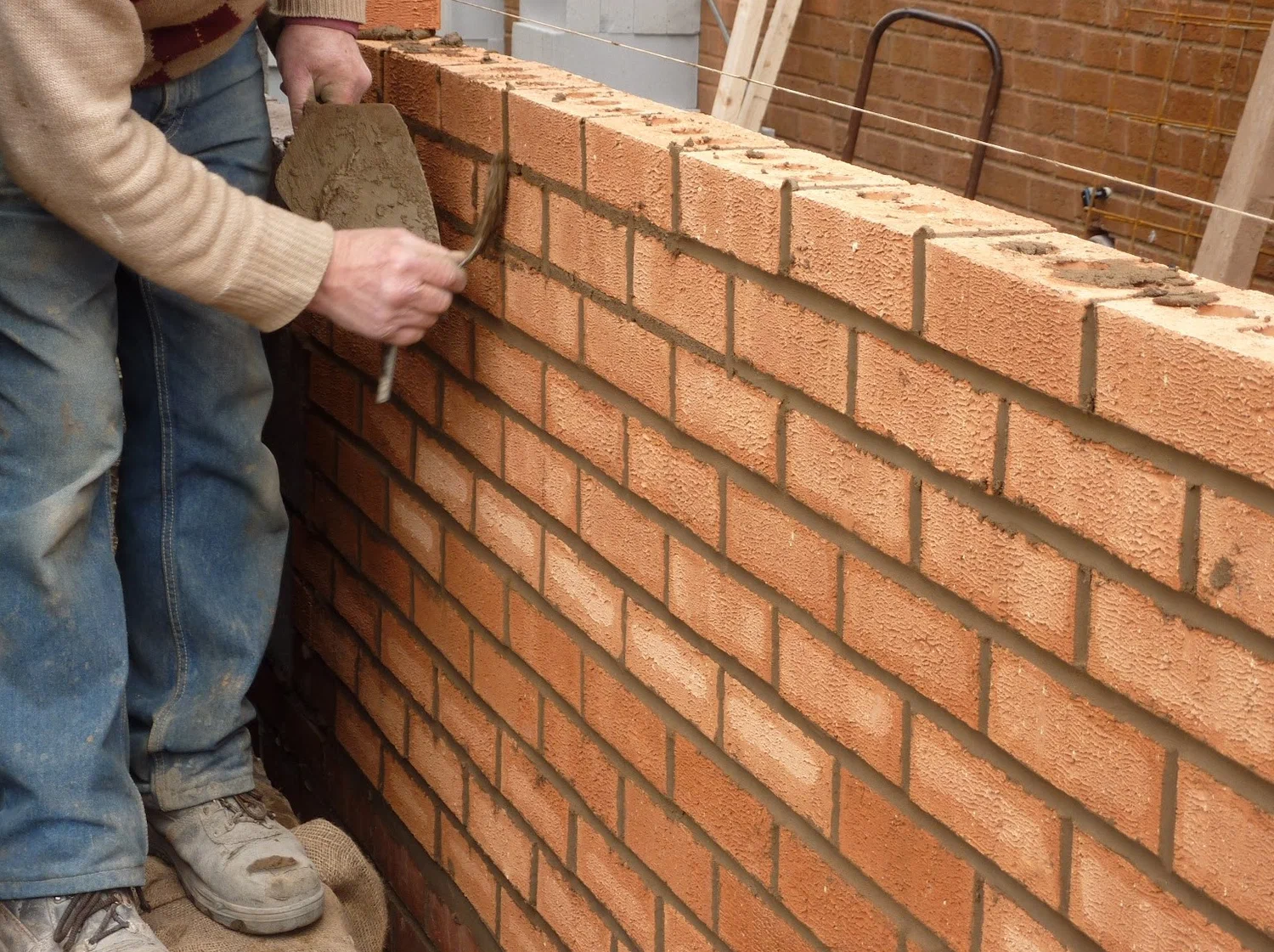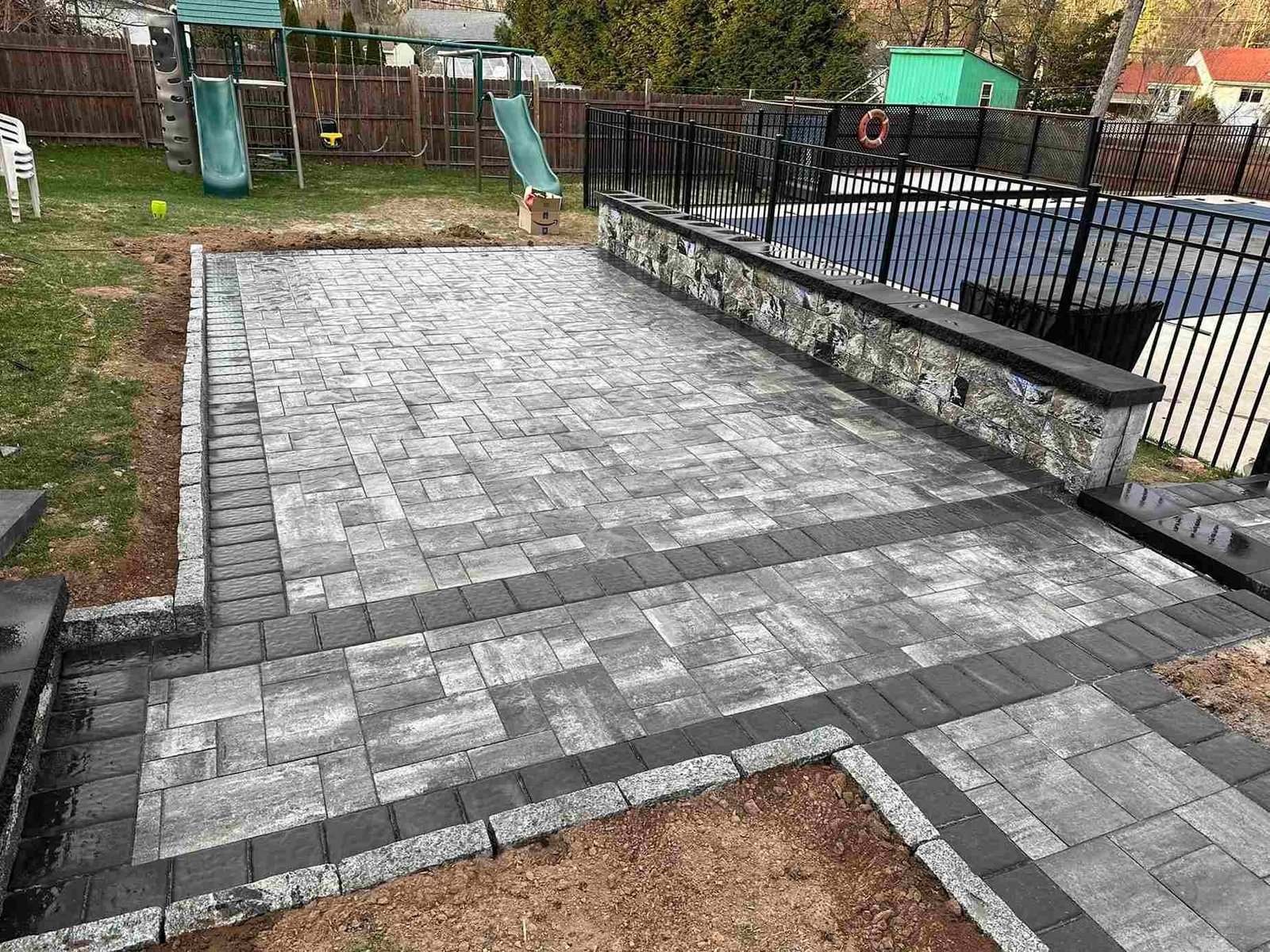Brickwork has been a cornerstone of construction for thousands of years, with its rich history, durability, and aesthetic appeal making it a popular choice for buildings of all kinds. In this comprehensive guide, we’ll delve into the world of brickwork, exploring its history, types, benefits, construction process, and more.
History of Brickwork
The use of bricks dates back to ancient civilizations, with evidence of brickwork found in the structures of the Egyptians, Greeks, and Romans. Over time, brickwork evolved and spread throughout the world, with different cultures developing their unique brick-making techniques and styles.
Types of Bricks
There are several types of bricks, each with its own unique characteristics, advantages, and uses. Some of the most common types of bricks include:
- Clay Bricks: Made from clay and shale, these bricks are durable, long-lasting, and resistant to weathering.
- Concrete Bricks: Made from cement, aggregate, and water, these bricks are strong, versatile, and often used for structural applications.
- Engineering Bricks: Made from high-quality clay, these bricks are dense, strong, and often used for load-bearing applications.
- Facing Bricks: Made from high-quality clay, these bricks are durable, attractive, and often used for exterior facades.
Benefits of Brickwork
Brickwork offers numerous benefits, including:
- Durability: Bricks are incredibly durable and can last for centuries with minimal maintenance.
- Low Maintenance: Bricks require very little maintenance, as they are resistant to weathering, pests, and decay.
- Aesthetic Appeal: Bricks come in a range of colors, textures, and patterns, making them a popular choice for architectural designs.
- Sustainability: Bricks are made from natural materials and can be recycled or reused, making them a sustainable building option.
Brickwork Construction Process
The brickwork construction process typically involves the following steps:
- Preparation: The site is prepared, and the foundation is laid.
- Laying the Course: The first course of bricks is laid, using a spirit level and string lines to ensure accuracy.
- Laying Subsequent Courses: Subsequent courses of bricks are laid, using a combination of mortar and bricks to create a strong bond.
- Pointing: The mortar joints are finished with a pointing trowel, creating a neat and tidy finish.
Common Brickwork Techniques
There are several common brickwork techniques, including:
- Stretcher Bond: A common bond pattern used for exterior walls.
- Header Bond: A bond pattern used for interior walls and partitions.
- English Bond: A bond pattern used for exterior walls, featuring alternating courses of stretchers and headers.
- Flemish Bond: A bond pattern used for exterior walls, featuring alternating courses of stretchers and headers, with the headers centered over the stretchers.
Maintenance and Repair of Brickwork
While bricks are incredibly durable, they can still require maintenance and repair over time. Common maintenance tasks include:
- Pointing: Replacing old or damaged mortar joints.
- Cleaning: Cleaning the bricks to remove dirt, grime, and efflorescence.
- Repairing Damaged Bricks: Replacing damaged or broken bricks with new ones.
Design Ideas and Inspiration for Brickwork
Brickwork offers endless design possibilities, from modern and sleek to traditional and ornate. Some popular design ideas include:
- Exposed Brick: Leaving the bricks exposed to create a unique and rustic feature wall.
- Brick Arches: Creating beautiful brick arches to add a touch of elegance to a building.
- Brick Columns: Using bricks to create stunning columns that add a touch of sophistication to a building.
By understanding the history, types, benefits, construction process, and design possibilities of brickwork, you can unlock the full potential of this incredible building material. Whether you’re a seasoned architect, engineer, or DIY enthusiast, brickwork is sure to inspire and delight.



